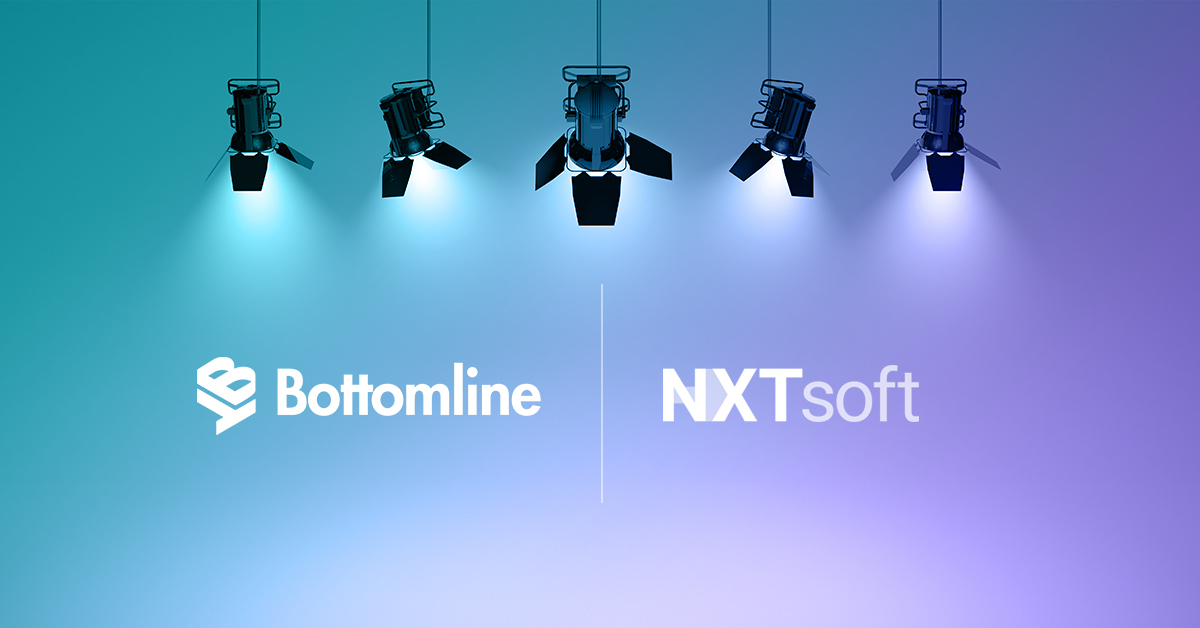The social, economic, and operational displacement that impacted so many in 2020 led many bank clients to rethink how they choose their primary banking relationship. They demand more seamless and digital engagement and show a new openness to truly consultative virtual interactions. How well financial institutions identify and apply actionable insight from such rapidly evolving client behavior to understand and respond to these changes will play a key role in their ongoing growth and success.
Clients from retail to commercial to wealth are choosing or being forced to engage in new ways and are relying increasingly on digital channels and virtual interactions with a range of financial partners they may not have considered previously. While some banks capitalize on these changes to drive breakthrough growth in key segments, others are experiencing increasing risk and churn in the “long tail” of relationships who were often under-served even prior to last year’s turmoil.
Over 150 financial institutions confirmed their priorities in responding to these changes in their response to Bottomline’s recent Banking Relationship Management survey. 80% of respondents cited “Analyzing data to predict growth opportunities, needs, and risks” as a key client data challenge, followed closely by 79% reporting challenges in “Accessing all relevant data to fully understand client relationships”.
Leading financial institutions are closing in on a “single view” of each relationship, which traditional CRM systems have long promised and too often failed to deliver. Today’s competitive environment requires a timely, omni-channel view into engagement, including everything from real-time insight into abandoned online applications and web form submissions by prospects to a deep understanding of online banking login and payment activity by commercial clients ranging from micro-businesses to large corporates. As they scale across ever-larger portfolios and adapt to more virtual relationships, bankers simply don’t have the time to assemble the full set of required information across multiple systems. Meanwhile, clients become less tolerant each day of the friction and fragmentation resulting from a siloed and incomplete understanding of their relationship and needs.
Simultaneously, predicting and targeting high-value opportunity and risk moves from a theoretical “nice to have” to a real and urgent need. As client behaviors change more quickly, the ability to monitor these changes at scale and draw rigorous and objective insights about unexpected changes in engagement patterns is more important than ever. Learning systems powered by artificial intelligence prove their worth by quickly surfacing changes in how each client is behaving and engaging, and by helping bankers consistently and accurately interpret the implications. Without these capabilities, FIs will increasingly miss clients whose transaction volumes and deposit balances suggest they recently adopted a third-party invoicing solution or whose online engagement patterns suggest a promising cross sale. Not surprisingly, we see heavy focus and accelerating investment here, where, depending upon asset size, up to two-thirds of respondents to Bottomline’s Banking Relationship Management survey plan 2021 investments in AI and machine learning.
For more information and to see Bottomline’s banking-specific relationship management solution in action, click here.
